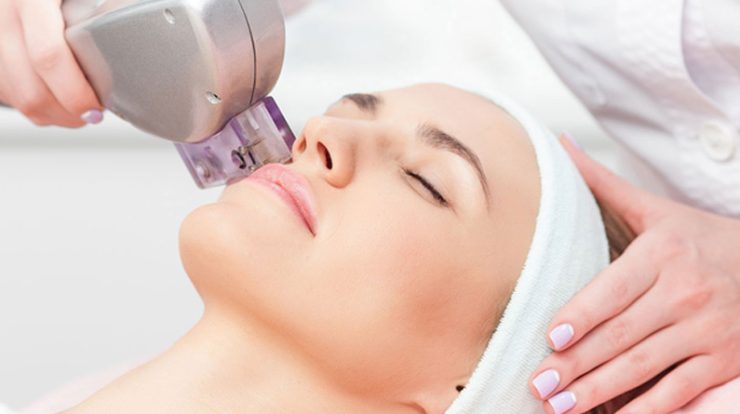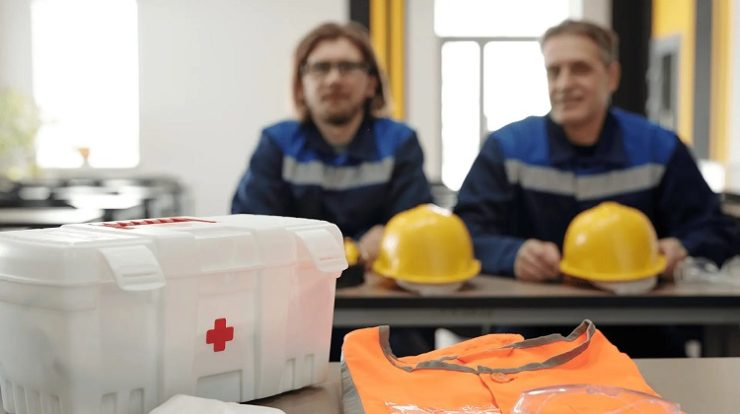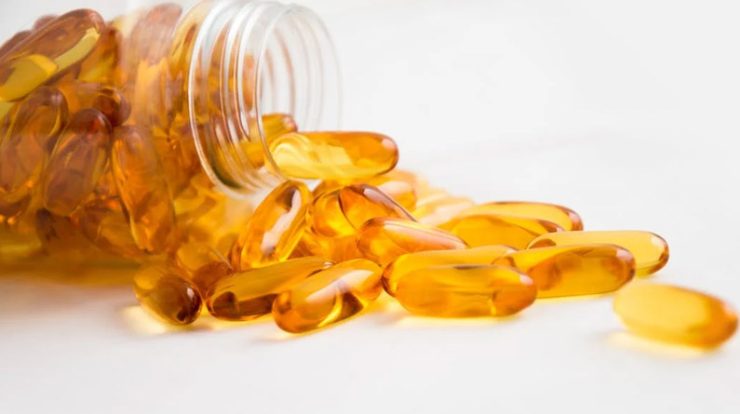
As we age, our skin becomes less elastic and more prone to damage from the sun, pollution, and other environmental factors. This can lead to a dull and uneven complexion, with dark spots and fine lines. Luckily, there are various treatments available to improve the appearance of our skin and laser resurfacing is one of them. Laser resurfacing is a cosmetic procedure that targets the outer layer of the skin to remove damaged cells, promote collagen production, and reduce the appearance of fine lines, wrinkles, and dark spots. In this article, we will explore the benefits of laser resurfacing for skin whitening, as well as alternatives to this treatment, how to prepare for it, what to expect during and after the procedure, and how to choose the right clinic and practitioner for laser resurfacing.
What is Laser Resurfacing and how does it work?
Laser resurfacing is a minimally invasive cosmetic procedure that uses a laser to remove the outer layer of the skin, also known as the epidermis. This stimulates the production of collagen, a protein that gives our skin its elasticity and firmness, and removes damaged cells that cause uneven skin tone, fine lines, and wrinkles. Laser resurfacing can be done on the entire face or specific areas, such as around the eyes or mouth, and can also be used to treat scars and acne.
There are two types of laser resurfacing: ablative and non-ablative. Ablative laser resurfacing removes the entire outer layer of the skin, while non-ablative laser resurfacing only targets specific areas of the skin, leaving the surrounding tissue intact. Ablative laser resurfacing is more effective for skin whitening, but also more invasive and requires a longer recovery time.
Benefits of laser resurfacing for skin whitening
Laser resurfacing can improve the appearance of the skin by reducing the appearance of fine lines, wrinkles, and dark spots, and promoting collagen production. It can also help to even out skin tone and texture, making the skin look brighter and more youthful. Laser resurfacing is also a highly customizable treatment, as it can be adjusted to target specific areas of the skin and can be combined with other treatments for even better results.
Alternatives to laser resurfacing – microdermabrasion, IPL therapy, topical creams, and glutathione injection
While laser resurfacing is an effective treatment for skin whitening, there are also other options available. Microdermabrasion is a non-invasive treatment that uses a diamond-tipped wand to exfoliate the outer layer of the skin and improve its texture and tone. IPL therapy, or Intense Pulsed Light therapy, uses a broad spectrum of light to target pigmented and damaged skin cells, reducing the appearance of dark spots and promoting collagen production. Topical creams containing ingredients such as retinoids, vitamin C, and hydroquinone can also help to brighten the skin and reduce the appearance of dark spots. Finally, glutathione injections can be used to lighten the skin from the inside out, by reducing the production of melanin, the pigment that gives our skin its color.
How to prepare for laser resurfacing
Before undergoing laser resurfacing, it is important to prepare your skin for the treatment. This includes avoiding sun exposure and tanning beds for at least two weeks prior to the procedure, as well as discontinuing the use of any retinoids, glycolic acids, or other exfoliating products. You should also avoid smoking and drinking alcohol, as these can affect the healing process. Finally, make sure to inform your practitioner of any medications or health conditions you have, as certain medications and conditions can interfere with the procedure.
What to expect during and after the laser resurfacing treatment
During the laser resurfacing treatment, your practitioner will use a laser to remove the outer layer of your skin. The treatment can take anywhere from 30 minutes to two hours, depending on the size of the area being treated. You may experience some discomfort during the procedure, but your practitioner can apply a numbing cream or local anesthesia to help alleviate this.
After the treatment, your skin will be red and may feel tight and itchy. You may also experience some peeling and flaking as your skin heals. It is important to avoid sun exposure and to keep your skin moisturized during this time. Your practitioner will provide you with specific aftercare instructions, which may include using a gentle cleanser and avoiding harsh chemicals and exfoliants.
Risks and side effects of laser resurfacing
Like any cosmetic procedure, laser resurfacing comes with some risks and side effects. These can include redness, swelling, itching, and peeling of the skin, as well as scarring and infection. It is important to choose a qualified practitioner who has experience performing laser resurfacing, and to follow all aftercare instructions to minimize the risk of complications. All our treatment is evidence based and baked with scientific studies and we take responsibility for our result,
How to choose the right clinic and practitioner for laser resurfacing
When choosing a clinic and practitioner for laser resurfacing, it is important to do your research. Look for a clinic that has a good reputation and positive reviews from previous patients. Make sure that the practitioner is licensed and experienced in performing laser resurfacing, and ask to see before and after photos of previous patients. Finally, make sure that the clinic uses FDA-approved equipment and follows strict safety protocols. London Aesthetic and Rejuvenation Center is a right choice for laser resurfacing.
Aftercare for laser resurfacing
After undergoing laser resurfacing, it is important to follow all aftercare instructions provided by your practitioner. This may include using a gentle cleanser and moisturizer, avoiding sun exposure, and avoiding harsh chemicals and exfoliants. You should also avoid picking at any scabs or peeling skin, as this can lead to scarring and infection.
Conclusion – is laser resurfacing for skin whitening right for you?
Laser resurfacing is an effective treatment for skin whitening, but it may not be right for everyone. It is important to weigh the benefits and risks of the treatment, and to consult with a qualified practitioner to determine if it is the right choice for you. If you decide to undergo laser resurfacing, make sure to follow all aftercare instructions to ensure the best possible results. With the right care and attention, you can achieve a brighter, more youthful complexion with laser resurfacing.
Ready to get flawless skin?
If you’re ready to get flawless skin with laser resurfacing, be sure to consult with London Aesthetic and Rejuvenation Center. Who can help you determine if it is the right choice for you. With the right care and attention, you can achieve a brighter, more youthful complexion with laser resurfacing.






